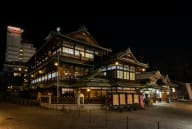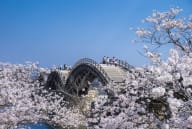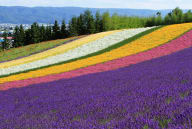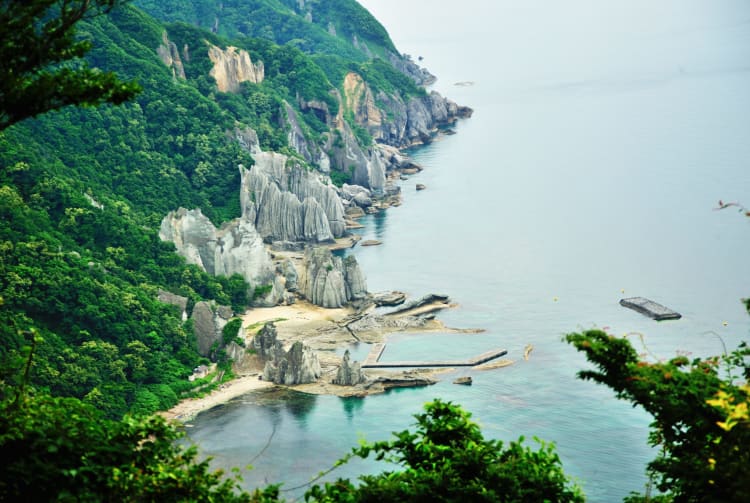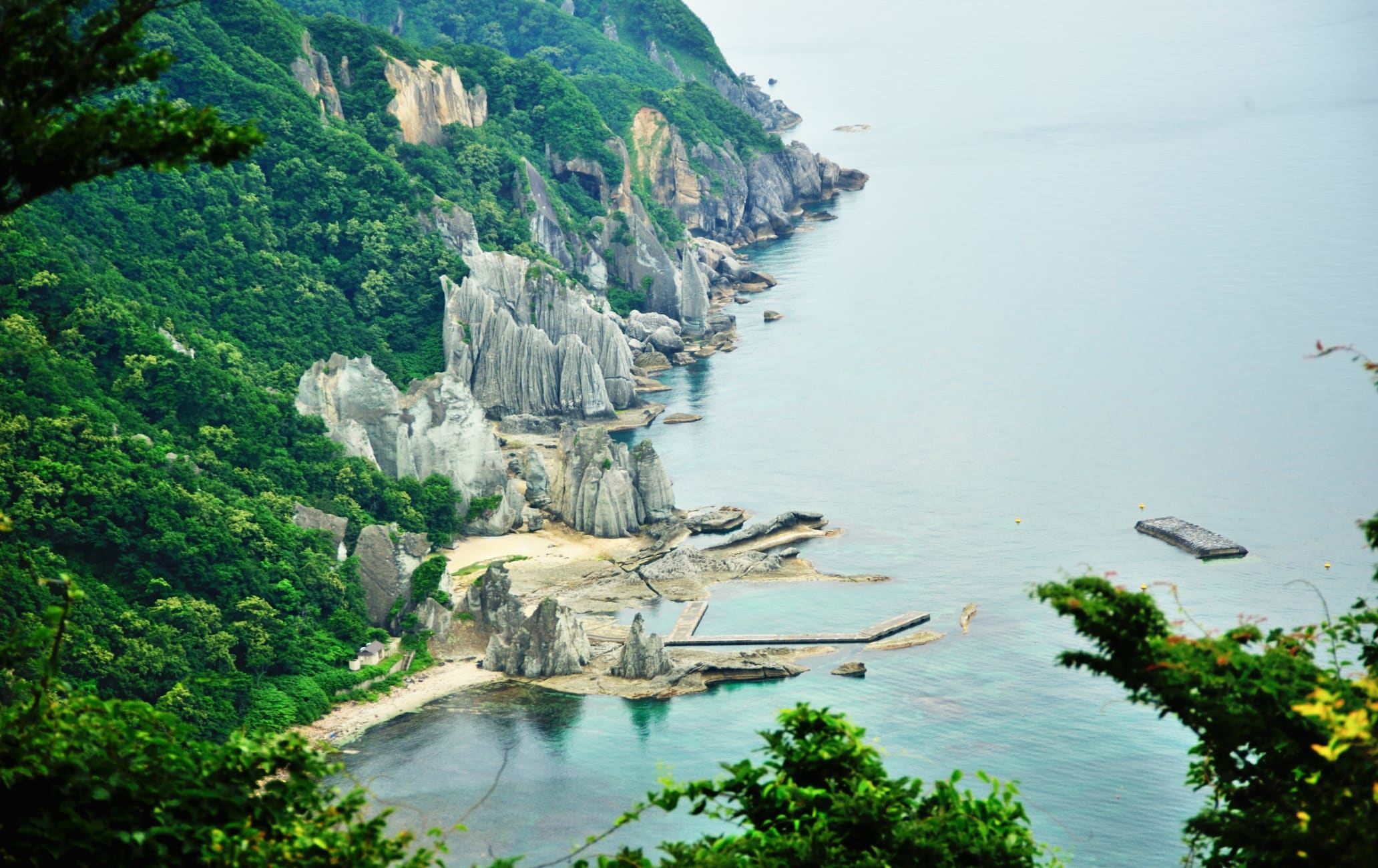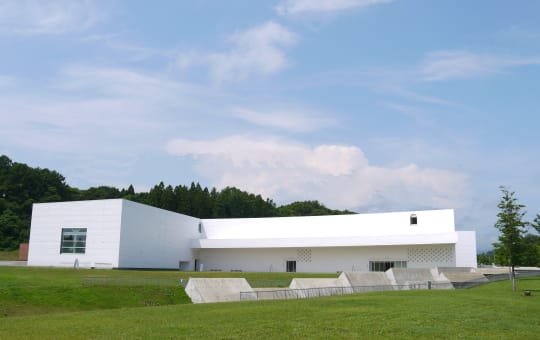Le point le plus septentrional d'Aomori, connu depuis longtemps comme un lieu de culte.
La pointe septentrionale de la principale île du Japon est un véritable trésor en termes de monuments et de sites culturels.
À ne pas manquer
- Osorezan, l'un des trois lieux les plus sacrés du Japon, avec Hieizan et Koyasan
- Les géantes formations rocheuses de Hotokegaura, à l'entrée de la baie de Mutsu
- Rencontrer des singes sauvages japonais à Wakinosawa
Comment s'y rendre
L'arrêt de bus de la gare routière de Mutsu est le point le plus central de la péninsule de Shimokita.
La gare de Hachinohe est l'un des quatre arrêts shinkansen de la préfecture d'Aomori (les autres sont Shichinohe-Towada, Shin-Aomori et Okutsugaru-Imabetsu). C'est l'arrêt le plus proche de Tokyo , servant de plaque tournante ferroviaire pour les trains locaux circulant le long de la côte est de Tohoku ou au nord de la péninsule de Shimokita.
Pour vous rendre à l'arrêt de bus de la gare routière de Mutsu, prenez la Aomori Railway Line entre Hachinohe et la gare de Noheji. Le trajet dure environ 45 minutes. Puis prenez le bus de la Shimokita Kotsu Noheji Line pendant 1 h 10.
Le moyen de transport le plus pratique est la voiture. Il est possible de louer facilement des voitures aux gares de Shimokita, de Noheji, d'Aomori, de Hachinohe et à l'aéroport de Misawa.

Des falaises sacrées
Les falaises abruptes et les étranges rochers de Hotokegaura sont un spectacle à eux seuls. Leur nom vient du mot japonais « hotoke », signifiant « bouddha ». De nombreux rochers ressemblent à Bouddha dans diverses positions.
Cette partie d'Aomori est très rustique et sauvage.




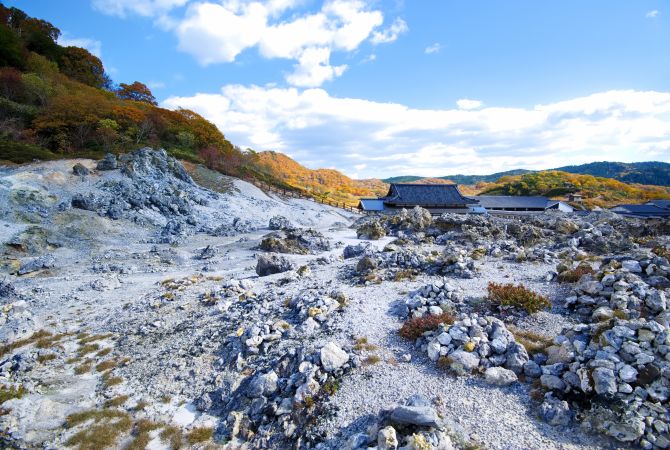

Le cap Oma
Ce cap isolé est le point le plus septentrional de l'île de Honshu, la principale île du Japon.

















